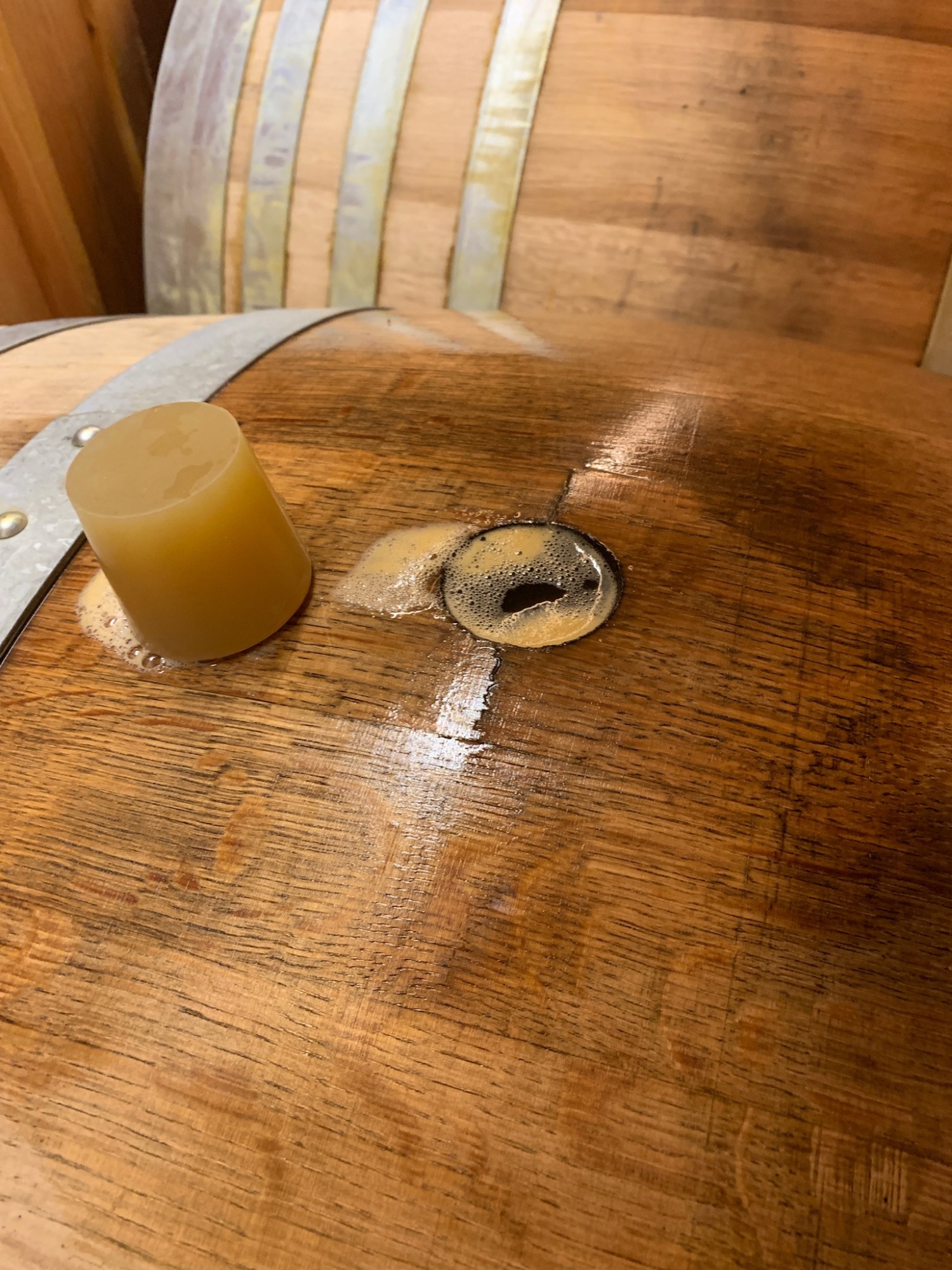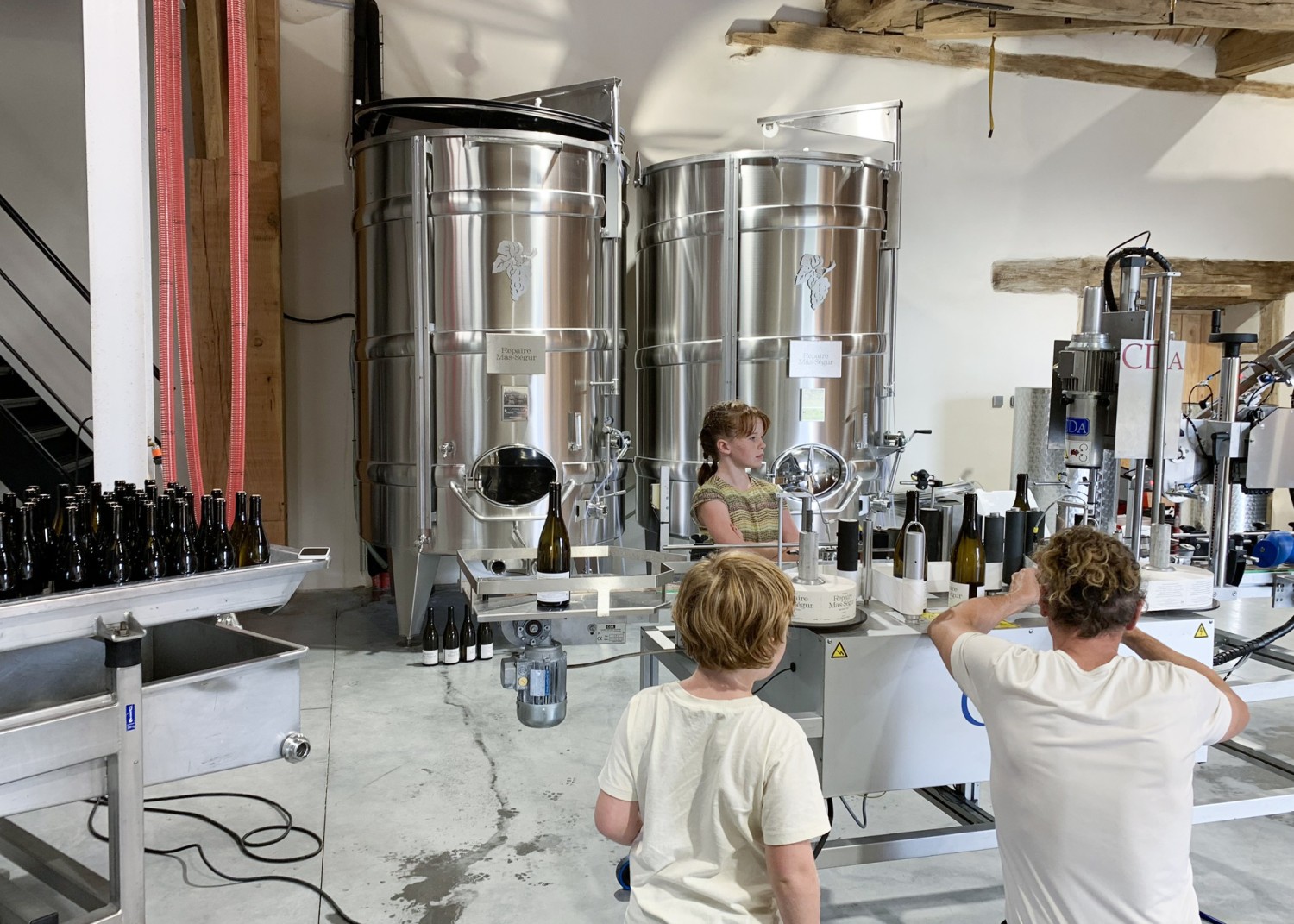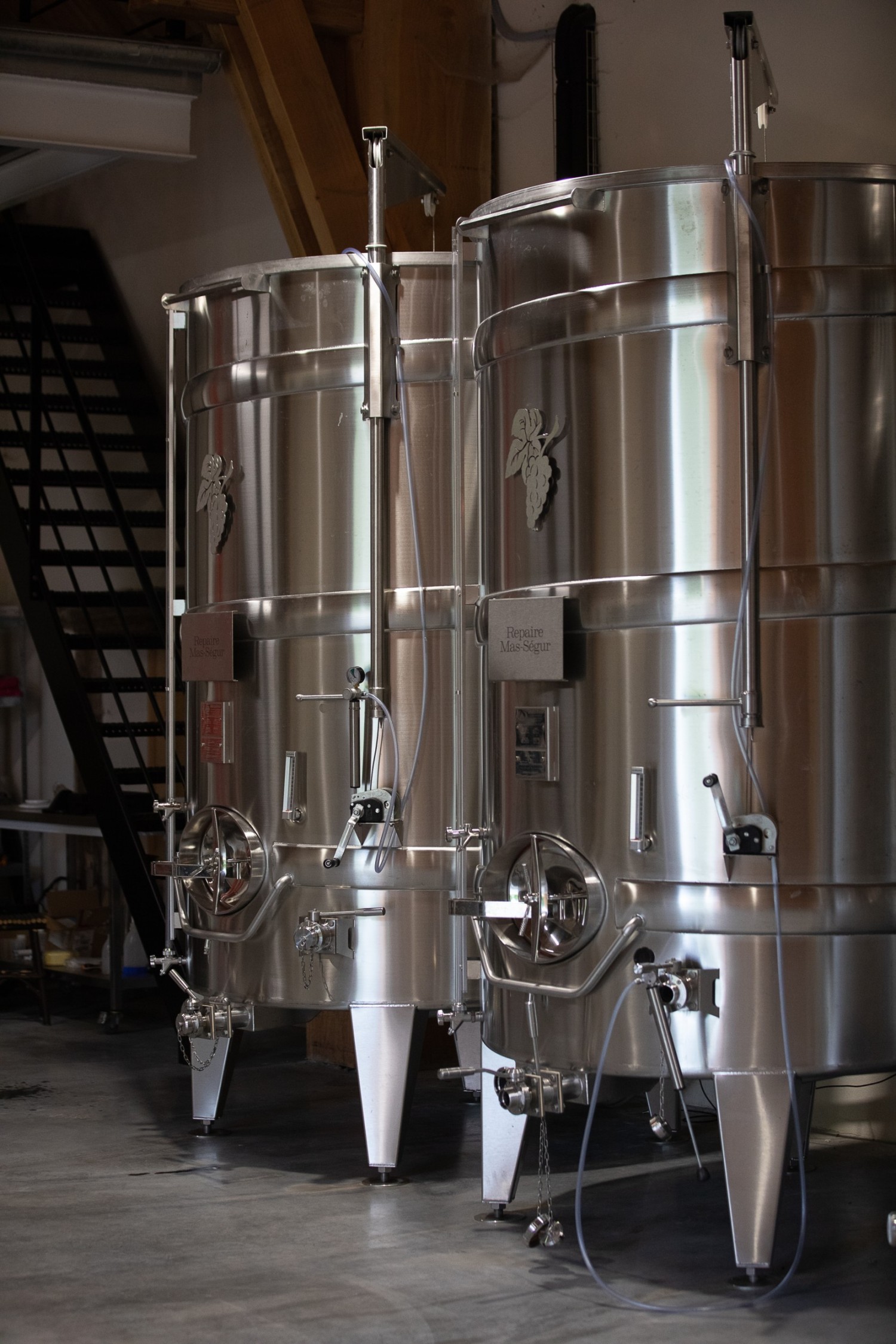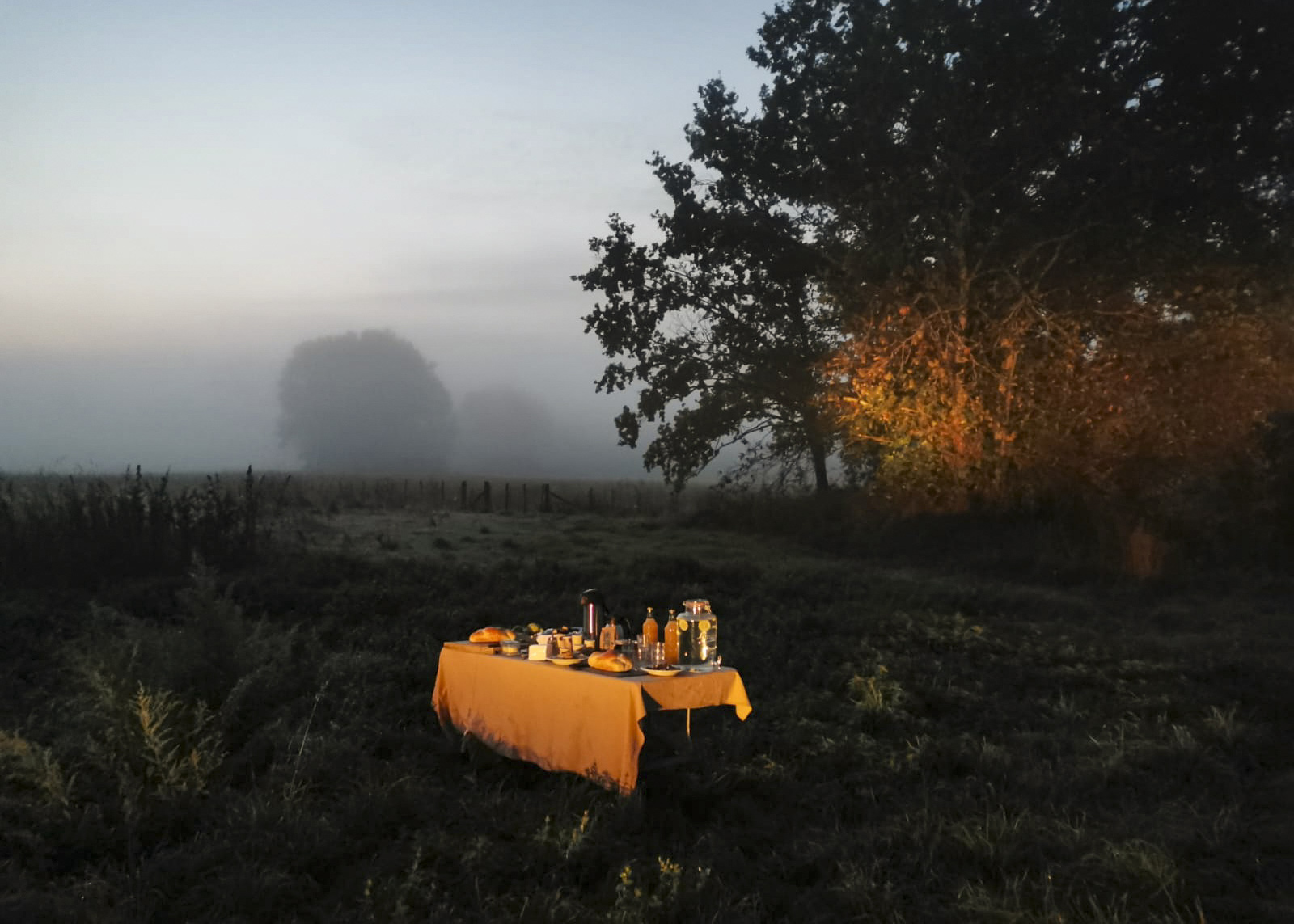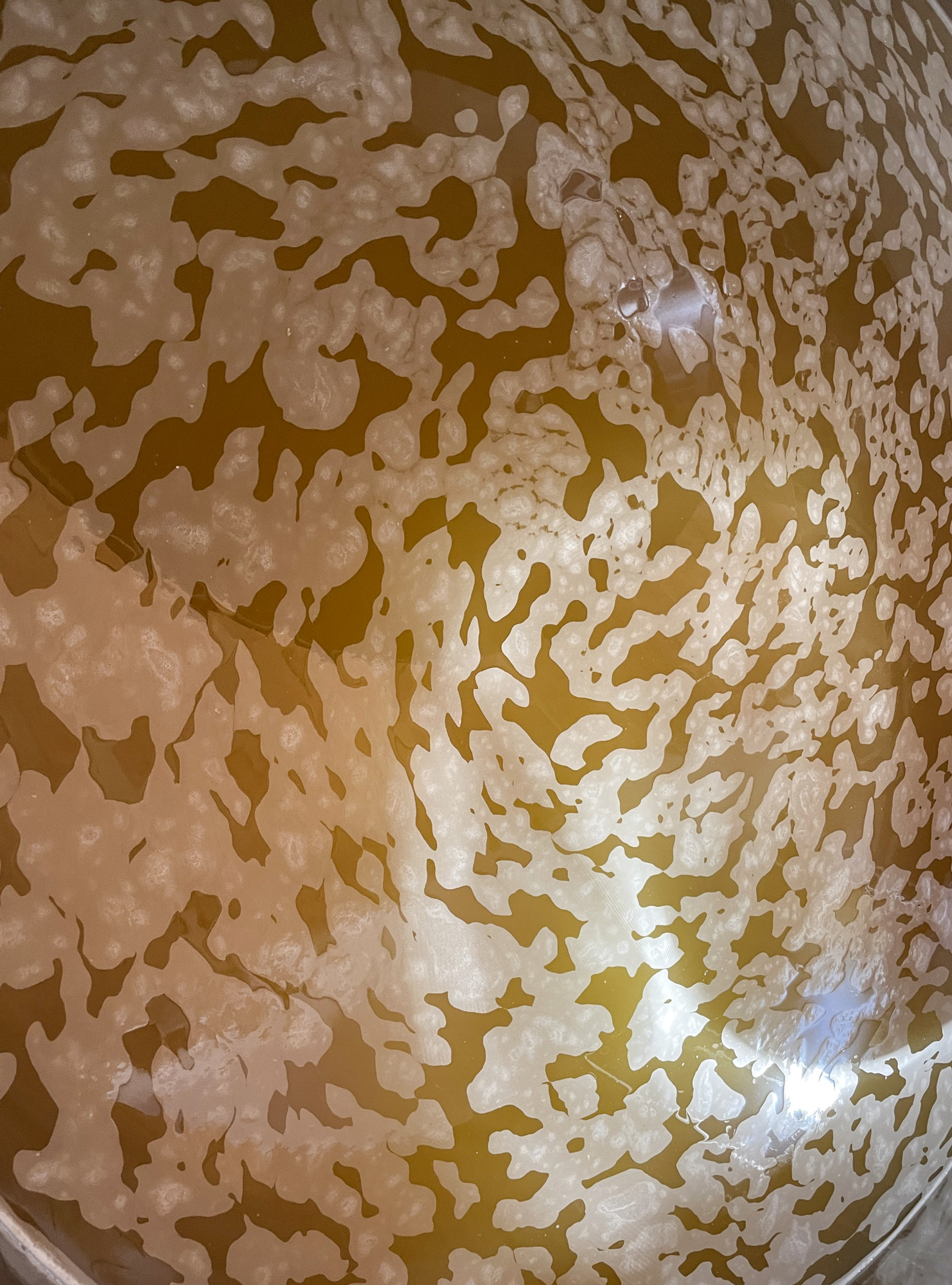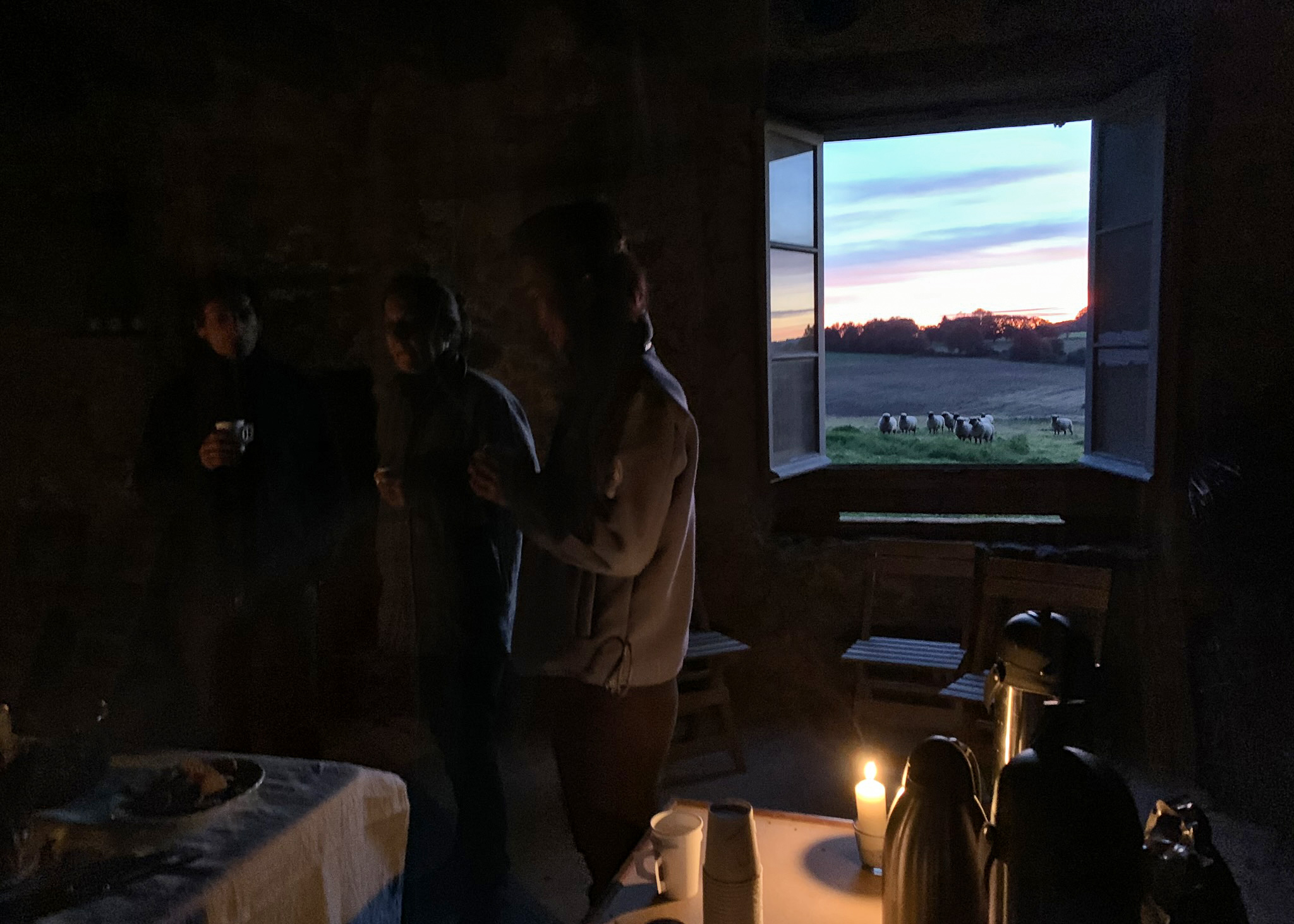Vinification
The harvest at Repaire Mas-Ségur generally takes place in October. On hillsides located at an altitude of 400 m, the harvesters start at dawn with temperatures close to 0°C. These climatic conditions represent a significant interest in the preservation and integrity of the harvest.
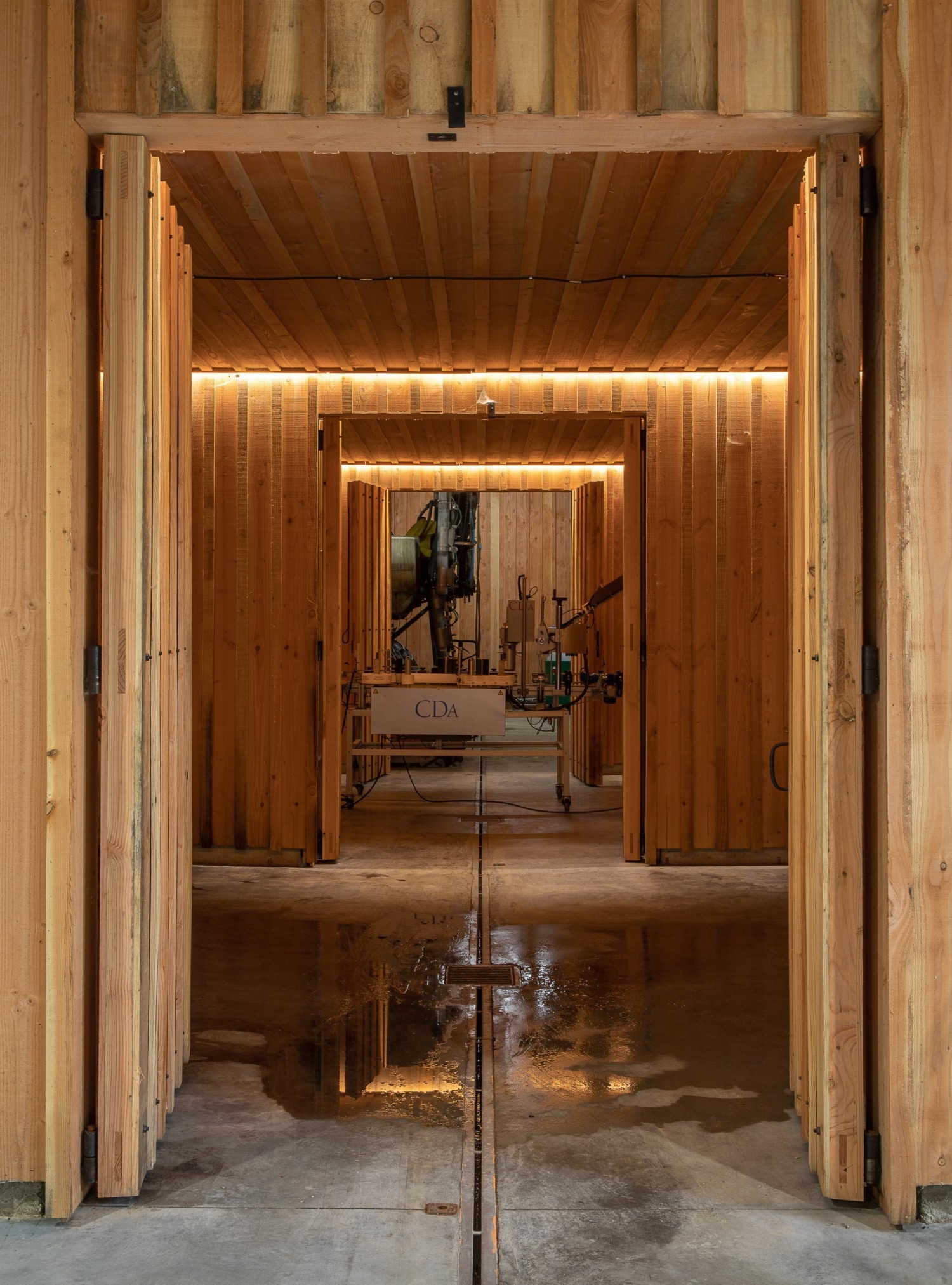
Harvested sometimes under-ripe, the fruit, freshness and acidity illustrate the characteristics of a quality harvest. To avoid crushing the berries, we use small containers. This ensures that the grapes are not damaged during transport or transfer to the press.
To preserve the quality of the grapes, I have chosen to press and transfer the must by gravity. The white wines are pressed using a pneumatic press, which ensures that the juices are extracted evenly and progressively. We carry out successive presses and select the first musts for our highest-quality vintages.
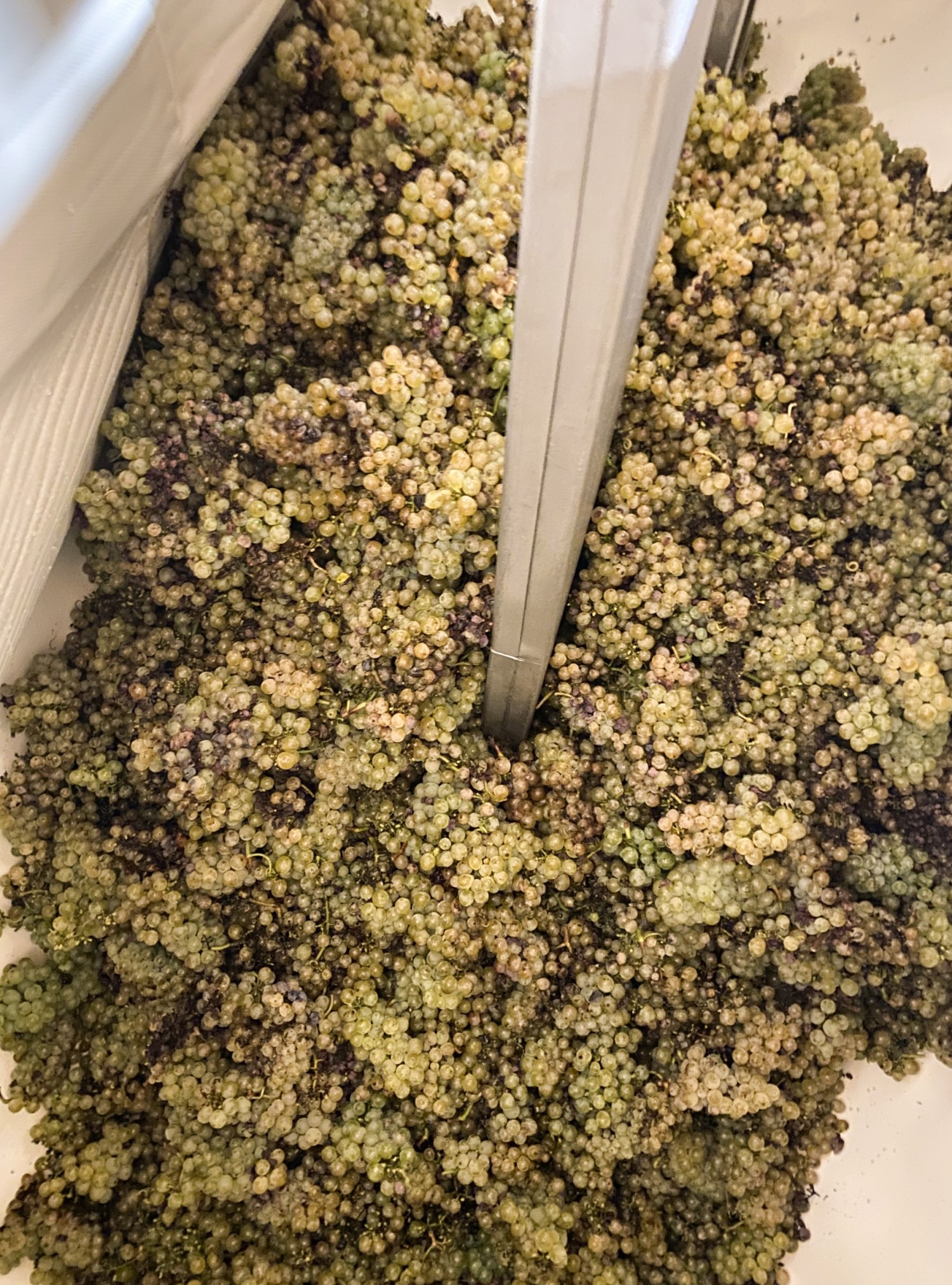
After pressing and draining the juice, we proceed to the “débourbage”, which consists of eliminating all particles in suspension. This operation is also carried out by gravity, using the action of the cold to recover the lees at the bottom of the vat.
All these operations are carried out gently and gradually to preserve the original qualities of our future wine (texture, balance, aromas).
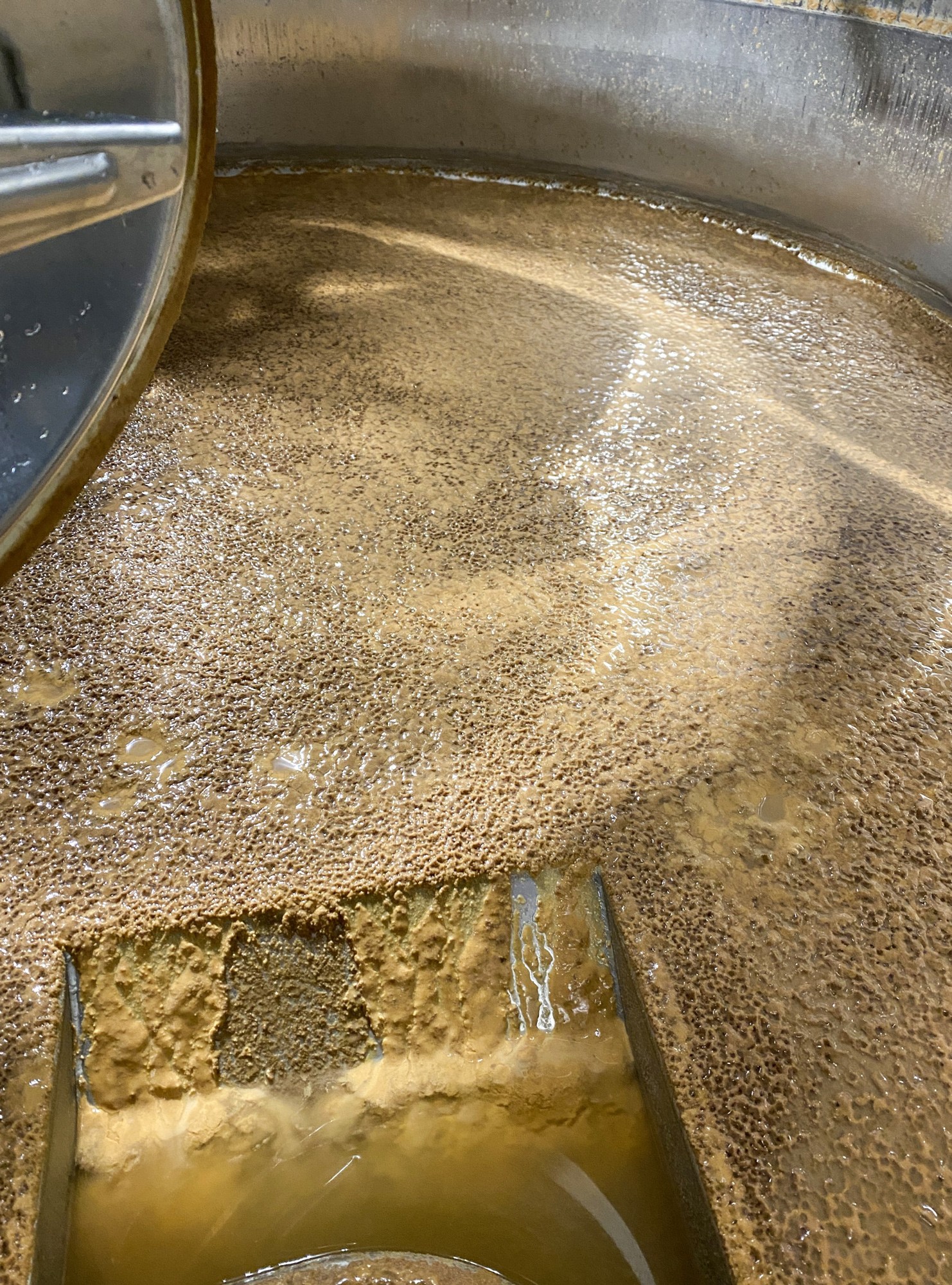
The alcoholic fermentation process then begins in our demi-muids stored in the winery. Fermentation starts naturally with our indigenous yeasts, without any oenological inputs. Only temperature control is used to start the fermentation kinetics.
Fermentation of our white wines takes place at low temperature (between 18 and 20°C) to preserve the fruit aromas. It generally lasts from 14 to 21 days, and up to several weeks depending on the vintage and the temperature chosen.
At the end of alcoholic fermentation, a new fermentation process may take place: malolactic fermentation, which transforms the malic acid naturally contained in the grapes into lactic acid, giving our whites a certain complexity, fullness and roundness. Some years malolactic fermentation takes place, some years it doesn’t, and it’s fine to let nature take its course.
Once the fermentation process is complete, the maturing process begins. We have opted for several different types of ageing, depending on the wines we wish to make: in demi-muids (600-litre containers made of French oak, blonde steam toasting, 40 mm thick staves), ageing the wine on its lees and not subtiled, and in stainless steel vats.
The white wines are matured for 8 to 10 months without stirring.
After plate filtration, the wine is bottled on the estate.
